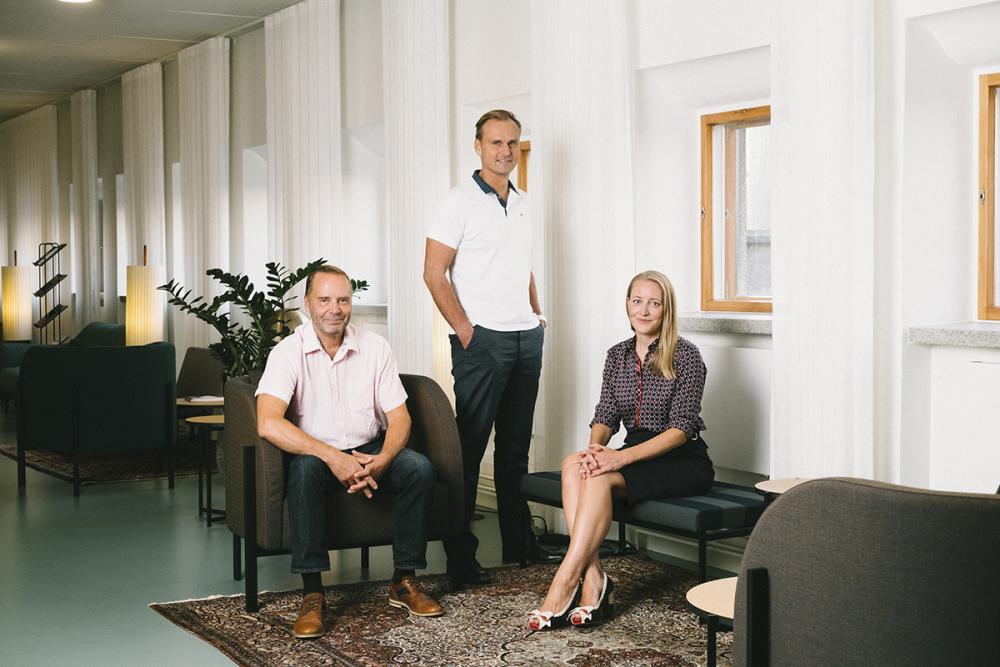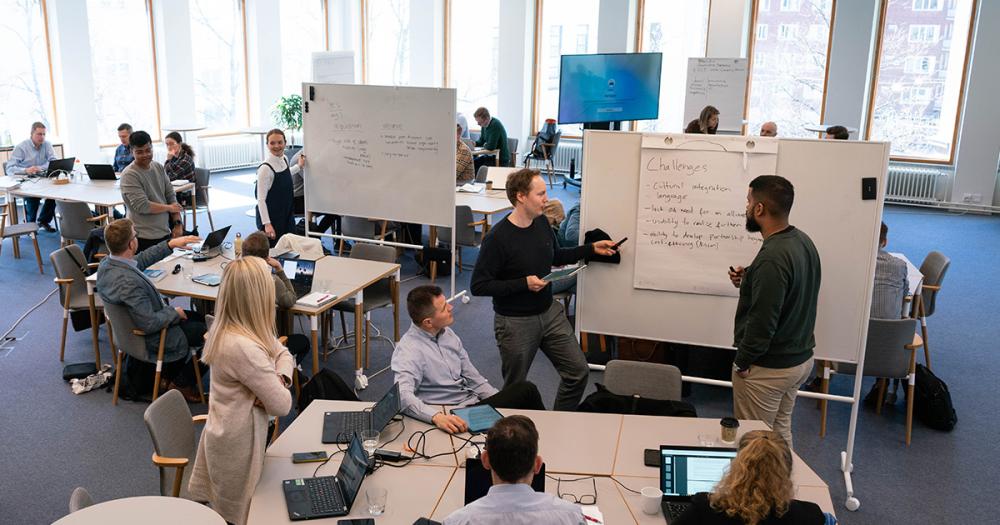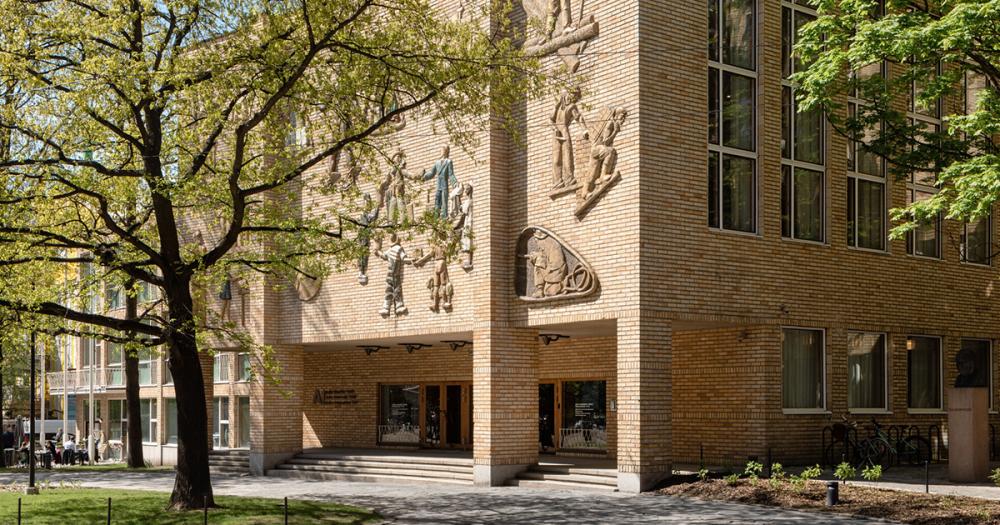What costs in your management system are higher than the investment you have made in your employees in the form of salaries, benefits, incentives and other rewards? Probably not many. The investment in employees is generally substantial, but how many organizations really know what they get in return? And how many employees recognize all the benefits they receive?
If you think about your own experience as an employee, there is a chance that you have not always even been aware of the different elements of the total rewards package that companies offer. It might surprise you to realize that a company is offering as many as 20–30 different benefits. Or as an employer, you may be aware of the different elements, but not know if they are bringing the hoped for results.
A few elements could be eliminated without people noticing or caring, which could save you money.
More important, it is likely that with relatively small changes in the way the rewards are tied to the goals of the organization and delivered, you could make a huge difference in engagement, motivation, attraction and retention of staff.
Reward structures that bring the best results in companies that are either highly innovative or highly efficiency-oriented are exact mirror images of each other.”
Sounds good, but where to start? In the Strategic Reward Management program, we will take a deep-dive into the different frameworks that can be used to analyze the alignment between the reward system of an organization and its strategy, culture and other HR practices.
For example, following the golden distinction between innovative (prospector) and efficiency-oriented (defender) strategies by Miles and Snow, I found in my recent research that the reward structures that bring the best results in companies that are either highly innovative or highly efficiency-oriented are exact mirror images of each other.
Innovative firms should focus on creating individualized results-based incentives that reward the individuals and teams that create the most value.
This type of system has a high level of horizontal pay dispersion and vertical pay compression (paying individuals based on results regardless of rank). Efficiency-oriented firms, on the other hand, should aim at doing the exact opposite, with incentives distributed through a rather steep vertical pay dispersion in which the brightest minds are promoted, using structures in which some core tasks are clearly defined and standardized with a tight cost control strategy relative to the market.
However, achieving the best alignment in your organization is about much more than identifying an archetype to follow.
It is important to make sure that the reward system fits the culture of the organization, and is unique in cultivating that culture. For example, if openness is a central value in your organization, you should maximize transparency in the way you communicate about rewards.
Often, when organizations change, their reward systems lag behind, acting as a reminder of the old ways of doing things and holding back change. As an organization navigates through its life span, the reward systems should also develop and change.
Reward systems are not just about distributing pay increases or bonuses.
If we ask an employee what motivates them, it is often the meaningfulness of the job itself, its purpose and the autonomy it provides for fulfilling dreams and aspirations and having impact. This type of motivation happens in a great work climate with high levels of learning in collaboration with others.
If we ask an employee what motivates them, it is often the meaningfulness of the job itself, its purpose and the autonomy it provides.”
We need to create rewards that support the great leadership that makes this happen. What kind of mentality does the reward system cultivate in your organization – and beyond? And if you look from the perspective of an outsider, what impact does the way you reward your people have on your customers, partners and the highly networked system where you operate as a whole?
In the Strategic Reward Management program, we will build a holistic view of reward mechanisms and ways to develop them by introducing analytical frameworks and bringing them to life using cases from your and other organizations. We strongly believe that your learning in this program will enable you to analyze the current state of reward management in your organization and develop a “winning” reward strategy that will help realize the vision of the company.
Aino Tenhiälä is a former Adjunct Professor at Aalto EE. The Executive HR program focuses on enhancing your strategic HR leadership skills and competencies in a rapidly changing and evolving environment. It is tailored to HR leaders, business partners, learning and development specialists across all sectors in Finland and abroad. Read more about the program.













